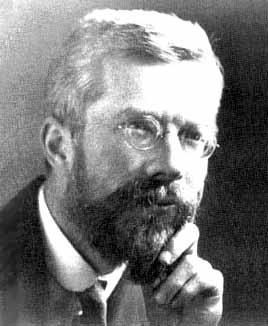 | ||
Fisher's fundamental theorem of natural selection is an idea about genetic variance in population genetics developed by the statistician and evolutionary biologist Ronald Fisher. It uses some mathematical notation but is not a theorem in the mathematical sense.
It states:
"The rate of increase in fitness of any organism at any time is equal to its genetic variance in fitness at that time."Or in more modern terminology:
"The rate of increase in the mean fitness of any organism at any time ascribable to natural selection acting through changes in gene frequencies is exactly equal to its genetic variance in fitness at that time".History
The theorem was first formulated in Fisher's 1930 book The Genetical Theory of Natural Selection. Fisher likened it to the law of entropy in physics, stating that "It is not a little instructive that so similar a law should hold the supreme position among the biological sciences". The model of Quasi-linkage equilibrium was introduced by Motoo Kimura in 1965 as an approximation in the case of weak selection and weak epistasis.
Largely as a result of Fisher's feud with the American geneticist Sewall Wright about adaptive landscapes, the theorem was widely misunderstood to mean that the average fitness of a population would always increase, even though models showed this not to be the case. In 1972, George R. Price showed that Fisher's theorem was indeed correct (and that Fisher's proof was also correct, given a typo or two), but did not find it to be of great significance. The sophistication that Price pointed out, and that had made understanding difficult, is that the theorem gives a formula for part of the change in gene frequency, and not for all of it. This is a part that can be said to be due to natural selection.
More recent work (reviewed by Grafen in 2003) builds on Price's understanding in two ways. One aims to improve the theorem by completing it, i.e. by finding a formula for the whole of the change in gene frequency. The other argues that the partial change is indeed of great conceptual significance, and aims to extend similar partial change results into more and more general population genetic models.
Due to confounding factors, tests of the fundamental theorem are quite rare though Bolnick in 2007 did test this effect in a natural population.
